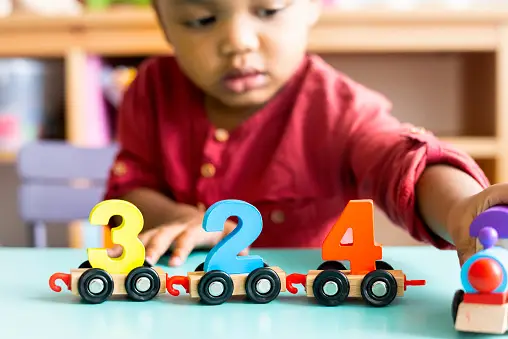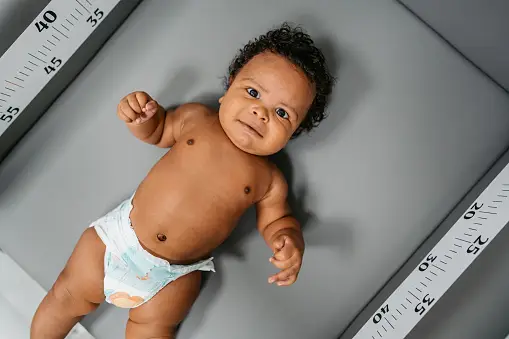Infants are injury-prone right from the day they are born, and it worsens as soon as they learn to move, crawl and walk. They get so curious about their environment, so they tend to pull, grab, touch and eat anything and everything as long as it is within their reach.
Every year, 12,000 children die from accidents at home. As a parent, you must pay attention to them and remove possible obstacles from their way. In this article, we state examples of some common childhood emergencies, including how they’re most likely to happen and tips for how to avoid them.
Common accidents
- Burns
- Poisoning
- Drowning
- Falls
- Choking
- Strangulation
- Suffocation
- Nose injuries
- Cuts and scratches
- Eye injuries
- Bites
- Car injuries
For children between 0 to 6 months
Accidents involving improperly installed car seats are common accidents in babies. Kids of all ages not strapped into their seats correctly are five times more likely to be injured or killed in an accident. Always strap your babies before driving. Never place your baby in the front seat of your car.
Suffocation under pillows, stuffed animals, or blankets. Keep the cot clear of toys, and consider using an infant sleeping bag instead of blankets to keep your baby warm when sleeping.
Falls from changing tables and infant seats. Never leave a baby unattended on a changing table, and don’t allow your baby to sit in a baby seat on an elevated surface.
Pinched limbs and fingers. Always trim and cut their nails.
Scalds from the hot bath water. Lower the temperature on your geyser thermostat to prevent this from happening, and always check the water temperature.
Sunburns. Keep your child well covered in clothes and sunscreen when you’re outdoors.
For children between 6 months to a year
Falls from high chairs, ride-on toys, and strollers, and while learning to walk, is the single most common cause of injury among small children, resulting in cuts, scratches, sprains and fractures.
Choking on toys and other small objects like coins, bottle tops, deflated balloons, marbles, batteries and grapes. Batteries can be hazardous, especially if swallowed, so ensure that these are kept well out of your little one’s reach.
Items stuck in ears or nostrils, including peas, pebbles, and bits of styrofoam. Don’t try to remove them yourself. You will likely push them further. Go straight to a doctor.
Electrical burns from wall sockets and exposed wiring. Switch off all sockets when not in use. Ensure they are far away from any electrical appliances.
Cuts from sharp edges and corners on furniture, walls, toys and broken objects. Dispose of broken objects immediately. Ensure they aren't within reach for at least a day.
Strangulation by strings, necklaces, electrical cords, ribbons, drawstrings on clothes, and window blinds. Keep these well out of your little one’s reach. Burns and scalds from hot beverages, steaming pots, heaters, fireplaces and stoves.
Suffocation from plastic bags pulled overheads. This often happens with shopping bags. After grocery shopping, gather and pack all plastic bags in a cupboard.
Accidents are unpredictable, but they are preventable. A baby monitor is handy for watching your baby from all angles. It allows you to track their activities in real time. This is handy if you work from home and can't watch them the whole time. Take necessary steps for their safety.










Comments